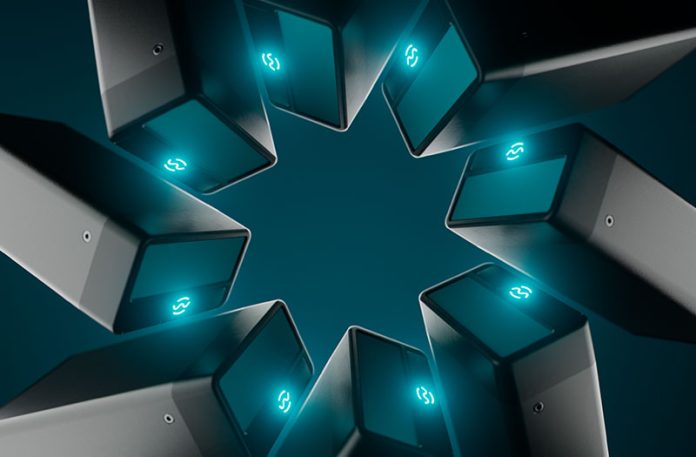Karno has introduced SEPIA. The goal of SEPIA is to put the signal path of today’s outboard and effects units into a compact, modular, digitally controllable package optimised for live, theatre and modern studio workflows.
SEPIA Modules are created by original hardware manufacturers, incorporating core tonal elements of currently available hardware as well as reviving sought-after extinct designs. SEPIA Modules are accommodated in a Host unit, created by Karno, utilising the Mainframe which contains SEPIA’s Universal Elements (UEs). The Mainframe creates a patent-pending bridging signal flow between Modules and Hosts to recreate the full original circuit.
With a fast-growing library of SEPIA Modules available from launch, SEPIA users will have access to microphone preamps, equalisers, dynamics processors and effects (including classic vacuum tube designs), as well as DSP units.
Tackling the issue of bulky physical controls, as well as providing full parameter recall alongside a rich array of workflow-focused features, is SEPIA’s control software, powered by Karno’s newly developed AEQUOREA engine. From launch, Hosts and Modules can be controlled in three main ways: from a computer (Mac/Windows), tablet or phone (iOS/Android), via DAW Plug-In, and by accepting multiple industry-standard control protocols including HUI, EUCON and OSC, with more to come. Alongside its control capabilities, the AEQUOREA engine is also capable of rendering brand-specific, familiar GUI information.
SEPIA’s routing capabilities will allow users to create studio-quality channel strips, routing from the Analog Input then from Module to Module. This allows for routing capabilities like leaving a Module after its input stage and weaving into the next Module to catch only its output stage.
Each Module’s space-saving design is at least 60% smaller than that of the nearest modular option. For rental and production companies this substantially slashes the cost and carbon emissions of freighting gear from venue to venue on large-scale international tours.
“We have given over 120 engineers a sneak peek throughout the development of SEPIA and have been overwhelmed by the response,” stated Director Adam Pierce. One of these engineers was Paul Gatehouse, Theatre Sound Designer who has worked on projects including Mary Poppins, SIX, Mandela. “I’m super excited about the prospect of integrating even more colour and texture into my workflow withSEPIA’s analog Modules, whilst retaining a digital I/O path and full recall capability,” stated Gatehouse.
“We knew it would be popular, but we thought we may have to convince a couple at least, and by developing the platform alongside these users, we know SEPIA delivers,” continued Pierce. “We also have the world’s finest outboard manufacturers eager to bring their SEPIA offering to the market. The opportunity to broaden their audience to finally include live and theatre is just too big to pass up. In all, the SEPIA platform is truly living up to what we imagined it could be and we just cannot wait to watch as it grows above and beyond.”
Two other engineers that we keen to give their two cents on the launch were Stage Sound Services’ Phil Hurley and Maroon 5’s FOH Engineer Vince Casamatta. “Being able to access analog studio preamps and processors on the road – and digitally control them will be massive!” enthused Casamatta. “The potential for SEPIA to give me access those colours and textures in a way that is tour-able and fits my workflow is enormous.”
“SEPIA looks to bring a whole new set of possibilities to the world of Theatre Sound,” mused Hurley. “The flexibility and its incredibly small footprint also cannot be overlooked.”
Module manufacturers will shortly begin to announce their participation in SEPIA and provide launch dates and specifications for their own Module designs






